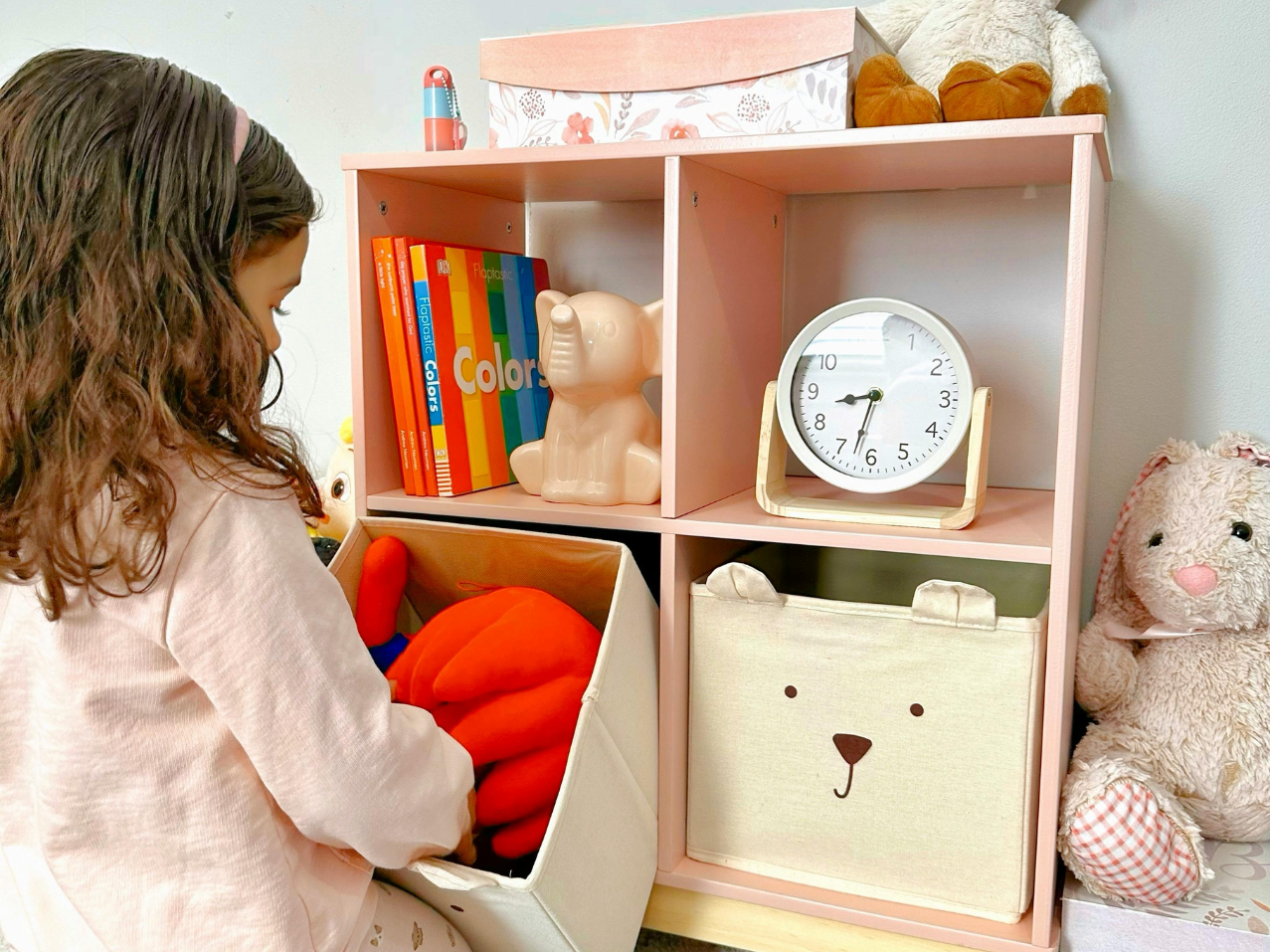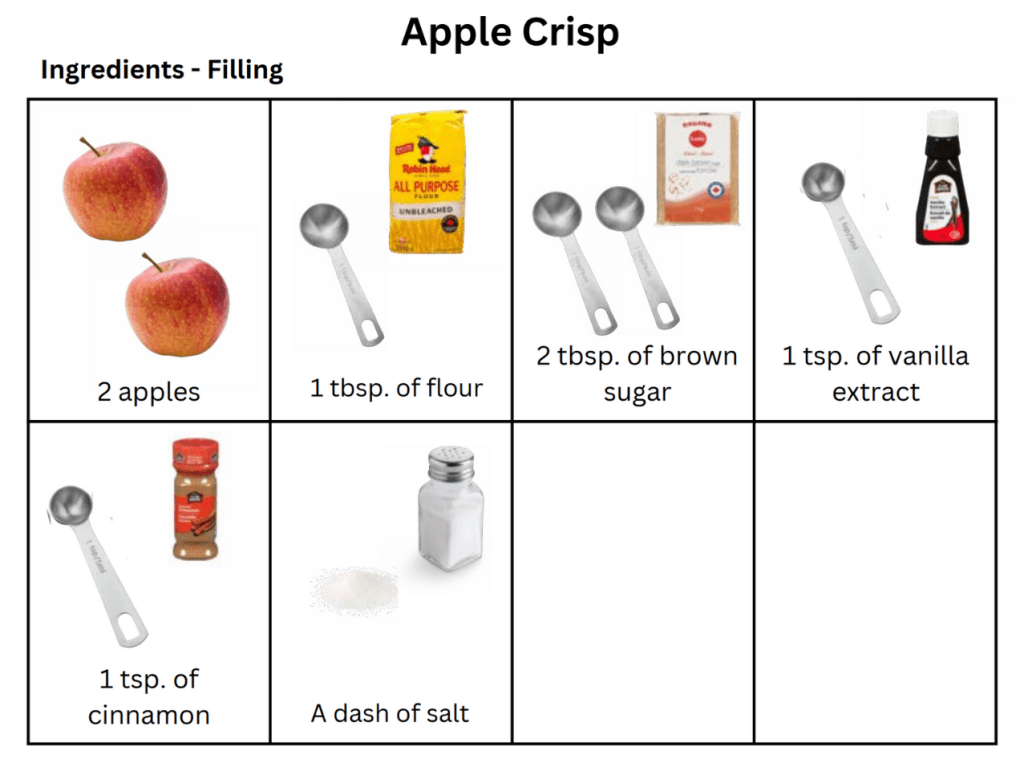Menu
-
-
Shop Holiday Items
-
Shop Gifts By Age
- Gifts For a 0-6 Month Old
- Gifts For A 6-12 Month Old
- Gifts For A One Year Old
- Gifts For A Two Year Old
- Gifts For A Three Year Old
- Gifts For A Four Year Old
- Gifts For A Five Year Old
- Gifts For A Six Year Old
- Gifts For A Seven Year Old
- Gifts For An Eight Year Old
- Gifts For A Nine Year Old
- Gifts For A Ten Year Old
-
Shop Gifts By Budget
- New Arrivals
-
Toys
- Large Active Toys
- Animal Toys
- Arts & Crafts
- Award-Winning Toys
- Bath Toys
- Birthday Wishlists
- Building Toys
- Cars, Trains, & Trucks
- Games
- Instruments
- Loose Parts Play
- Loot Bag Toys
- Made in Canada
- Outdoor Toys
- Pretend Play
- Puzzles
- Sensory And Fidget Toys
- Sensory Bin Tools & Fillers
- STEM Toys & Activities
- Toronto-Themed Gifts
- Travel Toys
- Wooden Toys
- Waiting Room Toys & Furniture
-
Montessori Materials
- Montessori At-Home Program
-
Montessori Furniture
-
Bundles & Sales
-
Books
-
Shop By Age
-
Shop By Brand
- Brands A-F
- Brands G-L
-
Brands M-R
- MagicPlaybook
- Magna Tiles
- Make Believe Ideas
- Makedo
- Manhattan Toys
- Math for Love
- Milaniwood
- MindWare
- Mojo Toys
- Moluk
- Moulin Roty
- Native Northwest
- nic
- Nienhuis
- Ooly
- Opinel
- Ostheimer
- Papoose
- Peaceable Kingdom
- Plan Toys
- Plus-Plus
- Preschool Collection Watches and Timers
- Ravensburger Puzzles
- Real Life Pages
- Brands S-Z
-
- 866-901-4696
- Gift Registry
- Login


6 Fun Letter, Pre-Reading, and Reading Activities
4 min read
A couple months ago, we put together a really great introduction to letter recognition and phonics in our newsletter, with activities for children ages 2-5.
Now we've added some great extension activities.
BEFORE YOU START - AN IMPORTANT NOTE
The easiest way to teach letter recognition and reading is to FOLLOW THE CHILD.
What does that mean in this case?
1. Follow their interest - if your child has no interest in letters, you will save everyone a lot of frustration if you wait.
If they're not interested, you can try again in another month or couple of months. Children change so much when they're young. Just because they're not showing an interest now, doesn't mean they won't soon.
2. Make it fun - the activities below can be played like games. Reading in Montessori is meant to be fun, curiosity driven, and hands on.
While we often share printables, you'll have the most success by connecting these printables with real, physical objects. This turns the abstract into the concrete and something that young children can understand more easily.
START HERE
Letter Baskets

Letter baskets are a hands on way to explore the sounds that different words make.
Simply collect items that all start with the same letter sound and add them to a basket/container. Do this before your child joins you. Then go through each item in the basket with your child - "Look it's a mmmmmagnifying glass. Magnifying makes an mmmmmmm sound.
One important note is to choose objects that all make the same letter sound, not just start with the same letter.
For example, with the letter T, you could choose:
- Teddy bear
- Train
- Truck
Avoid using items that sound different, even though they start with T, like:
- Thermometer
- Thermos
- Thread
*Tips on choosing which letters to introduce first*
When teaching letter recognition, it's helpful to start by teaching just 2-3 letters at a time, adding more letters as they master the previous ones.
When choosing what order to introduce them in, here's a few factors to consider:
Easier
- Sounds they can pronounce - be mindful of your child's age and any speech challenges they might currently have. If they struggle to make an 's' sound then you might want to leave this letter for later.
- Sounds they're familiar with - i.e. the sounds at the beginning of words they commonly use - i.e. 'm' for mama/mommy, 'd' for dada/daddy
- Letters where the uppercase/lowercase are familiar - these tend to be easier to remember as they learn the letter symbols
Harder
- Sounds they can't pronounce
- Sounds they don't hear very often
- Sounds that are very similar to other letter sounds - i.e. the vowels
Next Step - Letter Trays

When your child has mastered some or all of the phonetic sounds of letters, send them on letter hunt. Tape a letter to the top of a tray or basket and have them search around the house for objects that start with that letter.
This is a great activity because it incorporates movement and fun into the activity.
I Spy Language Mats
The great thing about the I Spy mats is that they appeal to a wide range of ages. Both my children, ages 2 and 5, love when I bring home a new set of these.
And they're great, even if your child isn't yet showing an interest in letters quite yet.
You can use them to practice colour recognition (i.e. find the items that are green) or to practice other sorting and categorizing skills, a skill that toddlers love to work on, as it fulfills their need for order.
For children that are learning their letter sounds, you can initially assist in saying the names of the objects, emphasizing the first letter, i,e, bbbbbbuuhhh-ed. Does that start with an 'buh' sound?
I've made them for three new letters - B, C, and L. Click here to download them.
Next Steps
If your children like these, they can download the ones we've previously shared for the letters - Ff, Pp, Mm, Rr, Ss, and Tt. Click here to download those.
Printable Moveable Alphabet
The moveable alphabet is an essential part of the Montessori Language curriculum in the Casa classroom - ages 3-6.
The classroom material and corresponding activities do require specific presentations from a trained teacher but you can use this printable at home for more simple activities.
Start by printing out 2-4 copies of the Printable Moveable Alphabet. This allows you to have multiple copies of each letter as you start to build longer words.
- hide the letters of their name around the room for a "Name Scavenger Hunt"
- match the letter to the matching letter square in the phonics chart. Once the match is made, pronounce the sound of that letter.
- work with your child and use the letters to spell out simple, meaningful words - their name, mom, dad, dog, etc - sounding out each letter as you "read" the word
- use the letters to recreate the words in the Pink Picture Matching Cards, below.
Pink Picture Matching Cards
The first part of the Montessori reading series (the pink series) begins with simple, mostly 3 letter words.
These words are also easy to phonetically pronounce. In the early stages, no special letter combinations (digraphs) - th, sh, ck, ch, etc - are introduced.
For children new to reading, you can keep the picture and word together, and simply use the printable alphabet to recreate the word.
Pink Sound Cards
Once your child is becoming more confident in the number of letter sounds they know, you can introduce this set of pink cards.
Here your child will fill in the missing letter by using the picture on the left and sounding out the word.
For children still building their confidence around reading, you can also use the cards above (Pink Picture Matching Cards) as a reference. Have them find the matching completed word and reference that to write in the missing letter.
One Last Note
It can be tempting to push our children to always challenge themselves. If they're enjoying an activity, even if it seems too easy for them, let them work.
Repetition and mastery of work like this allows children to build their confidence. I would never consider that a waste of time!
Join Our Montessori Community
Sign up to get weekly activities, free printables, Montessori parenting guidance, and so much more.
Plus, get $10 off your first order of $100+.
Like this article? Get new articles, weekly activities, free printables, Montessori parenting guidance, and so much more.
One mom recently shared:
"Your newsletter is always SO great. It is one of the few I open and read weekly. You provide so much value. Thank you!"







